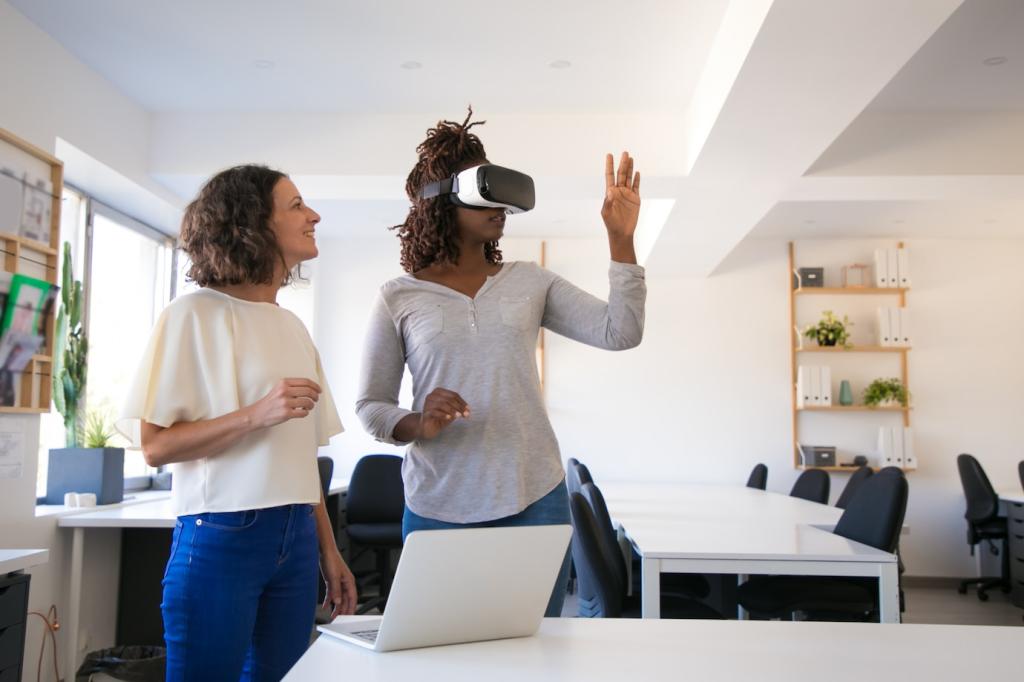Virtual Reality: Revolutionizing Language Immersion Experiences in English
Virtual reality (VR) technology is transforming the way we learn languages, offering immersive environments that closely mimic real-life experiences. With the power to transport learners into authentic English-speaking contexts, VR goes far beyond traditional language teaching methods. This page explores how virtual reality is revolutionizing English language immersion, making learning more engaging, interactive, and effective than ever before.

The Power of Immersive Learning
VR places users into lifelike environments where they can interact with native speakers, practice common conversations, and navigate daily situations. Whether ordering coffee in a virtual café or asking for directions in a digital city, learners experience authentic dialogues that mirror real life. This context-driven approach helps bridge the gap between classroom learning and actual communication, building the confidence to use English naturally outside of a learning environment.
Adaptive Difficulty Levels
VR language applications often feature dynamic adjustment of difficulty based on learner progress. Scenarios become more or less complex in response to performance, ensuring that users are constantly challenged, but not overwhelmed. This enables learners to progress at their own pace, mastering foundational skills before advancing to more complex interactions. Personalized paths like these help prevent frustration and foster steady growth.
Targeted Skill Development
Virtual reality modules can be designed to address specific linguistic skills, such as pronunciation, listening comprehension, or conversational fluency. Learners may focus on overcoming individual weaknesses by engaging in targeted exercises within realistic contexts. For those needing to polish their business English or everyday small talk, VR offers tailored simulations that deliver targeted practice without fear of judgment or embarrassment.
Interest-Driven Content
One of VR’s most exciting aspects is the ability to immerse users in contexts aligned with their passions and goals. From exploring the city of London to participating in a virtual job interview or joining a digital book club, learners can select scenarios that resonate with their interests. This level of personalization keeps learners engaged and invested, turning language study into a more rewarding and personally meaningful experience.
Breaking Barriers: Accessible, Global Learning
Eliminating Geographical Limitations
Traditionally, the most effective way to master a language was to travel or study abroad—an option not available to everyone. Virtual reality changes this landscape entirely. Now, learners from any part of the world can step into a virtual English-speaking environment from the comfort of their home. This universal access enables people in remote or underserved areas to gain the same immersive practice as students in major metropolitan centers.

